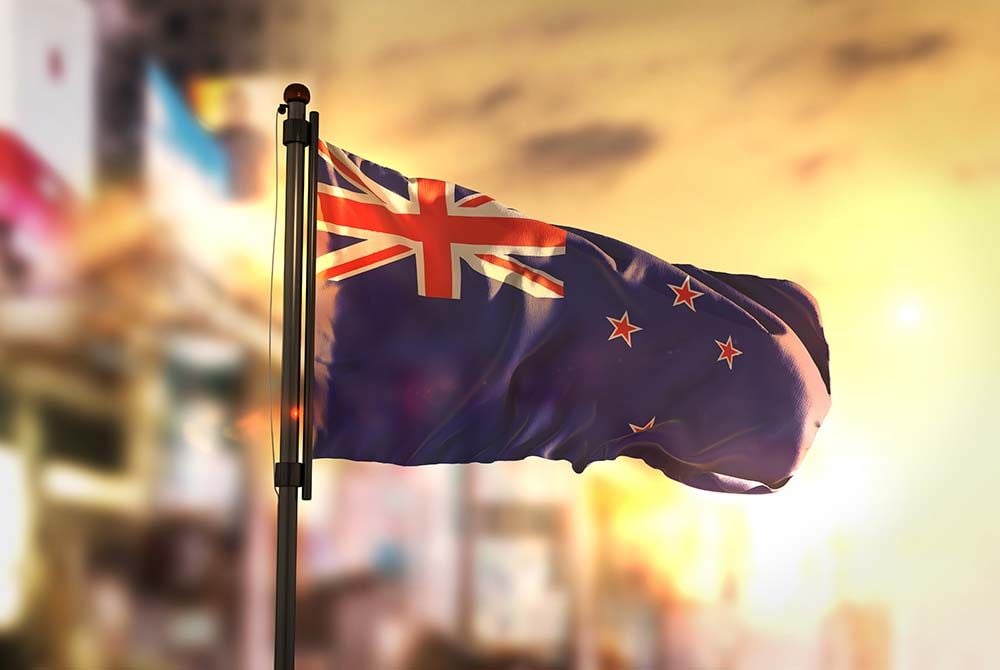New Zealand Dollar Gets Shot in the Arm as Inflation Expectations Edge Higher
- Written by: James Skinner
-

© Natanael Ginting, Adobe Stock
Inflation expectations are important for currency markets because the RBNZ will only raise interest rates after inflation has made a sustainable return into the higher end of its 1% to 3% target band.
The New Zealand Dollar jumped Wednesday as markets reacted to the Reserve Bank of New Zealand’s latest survey of inflation expectations, which revealed a steady climb in the number of businesses expecting inflation to rise over coming years.
Wednesday's survey was carried out by the RBNZ and polled around 100 consumers to gauge their expectations for inflation over the subsequent 24 months. It showed that most expect consumer price growth to close on the 2% threshold in 2018 before rising above it in 2019.
The unemployment rate is also seen falling progressively in the years ahead, suggesting the stars are increasingly aligned for a change in the RBNZ's monetary policy stance.
“Also, 5y and 10y inflation expectations at 2.09% and 2.05% respectively support the RBNZ view last week that 'long-run inflation expectations remain anchored at 2%',” says Annette Beacher, chief Asia Pacific macro strategist at TD Securities.
The NZD/USD rate rose 0.34% during early trading in London as a result, taking it back above back above 0.73 for the first time in the last week, while the Pound-to-New-Zealand-Dollar rate dropped 0.27% to 1.9012.
"The fact that one- and two-year ahead inflation expectations did not fall was interesting. The survey was conducted shortly after the release of the December quarter CPI, in which inflation surprised markets by dropping from 1.9% to 1.6%," says Dominick Stephens, chief economist at Westpac.
"In the past, short-term inflation expectations in this survey has tended to react to actual inflation out-turns. Perhaps the offsetting factor was businesses' concerns about costs escalating due to new Government regulations - a theme that has cropped up in other surveys."
Inflation expectations are important for foreign exchange markets because the Reserve Bank of New Zealand can only be expected to raise interest rates after inflation has made a sustainable return into the higher end of the 1% to 3% target band.
Keeping inflation steady at or close to its target is, after all, the reason central banks tinker with interest rates. Currencies react to changes in interest rates because international capital is influenced by the impact that rising or falling rates can have on returns.
The New Zealand Dollar had been charting an upward course in the eight weeks or so to the end of January, recovering all of its post-election losses, as traders responded to signs the economy has weathered the uncertainty of a new Labour-led coalition government without any serious hiccup.
However, it has been knocked off course in February by a disappointing set of fourth quarter inflation numbers and a return of volatility and risk aversion to global financial markets.
Fourth quarter inflation fell to 1.6%, from 1.9% previously, due to a fall in import prices. At its latest meeting, the RBNZ also cut its own forecasts for inflation over the coming years and now expects the CPI index to remain below the 2% level through to the end of 2020.
This dealt a blow to traders hoping for an interest rate rise sooner rather than later. The RBNZ has held the cash rate at a record low of 1.75% for 15 months while interest rate market pricing suggests traders do not expect a change in rates until May 2019.
Fears of a sudden rise in global inflation and global interest rates have also buffeted the Kiwi currency in the last week, given its position as a commodity currency and the resulting sensitivity to changes in global risk appetite.
A stronger than expected US labour market, which is now seeing wages growth pick up, saw investors fret that the Federal Reserve may be less patient about raising its own interest rates during 2018.
These fears have driven a 10%+ correction in US stock markets and severe losses in global equity markets, while also boosting the US Dollar as traders dumped risk currencies like the Kiwi Dollar and flocked to the safety of the greenback.
Advertisement
Get up to 5% more foreign exchange by using a specialist provider to get closer to the real market rate and avoid the gaping spreads charged by your bank when providing currency. Learn more here.




